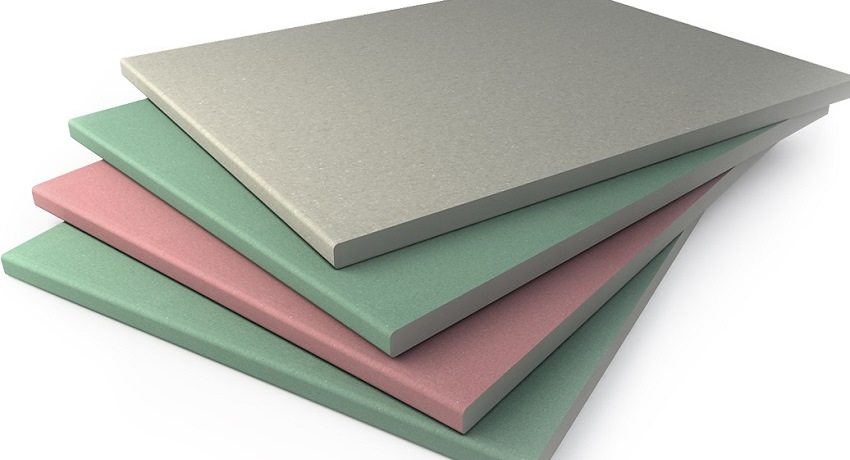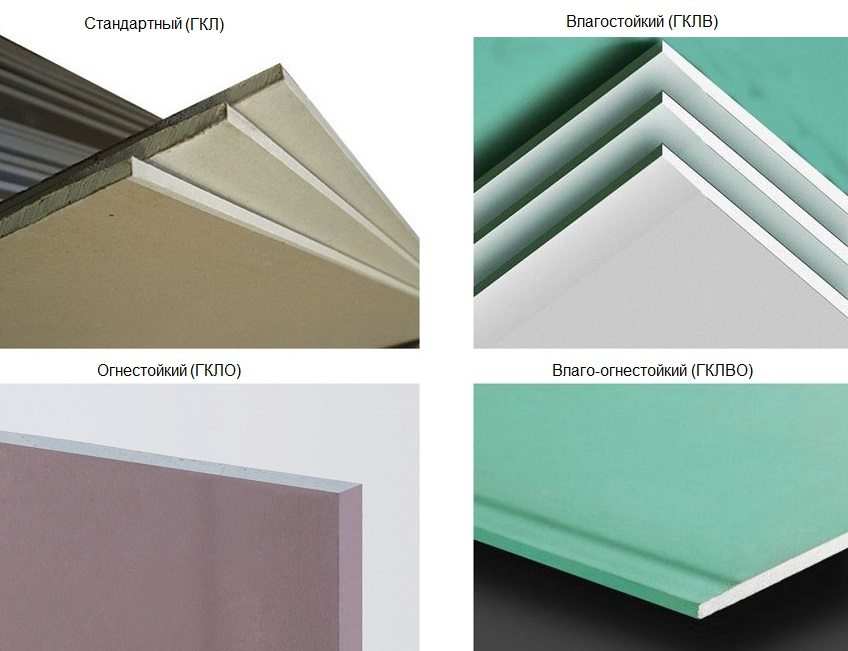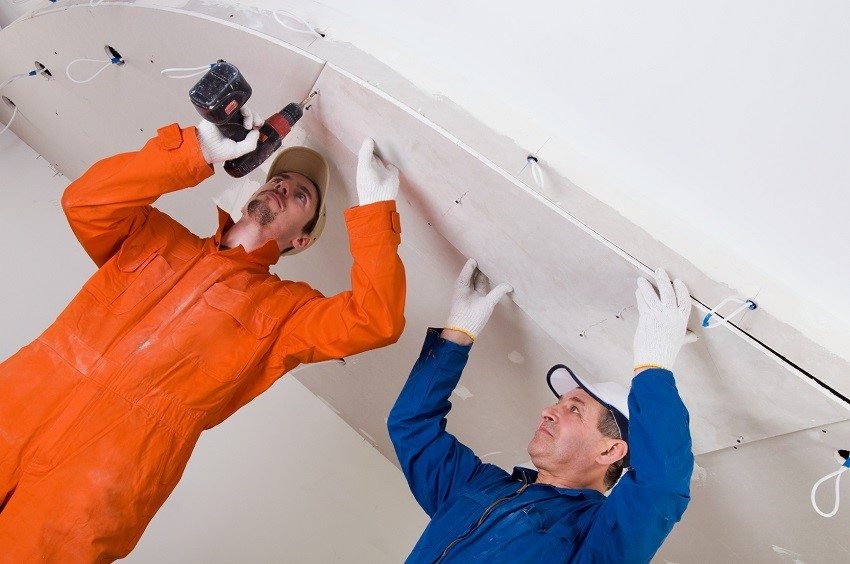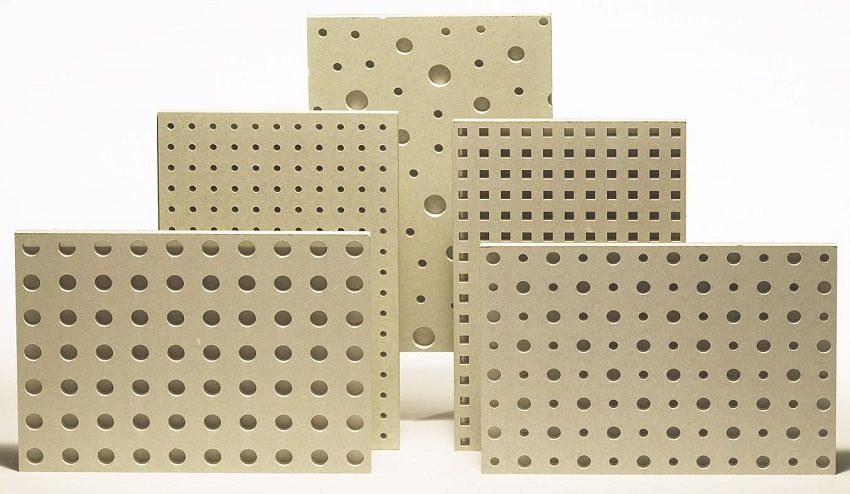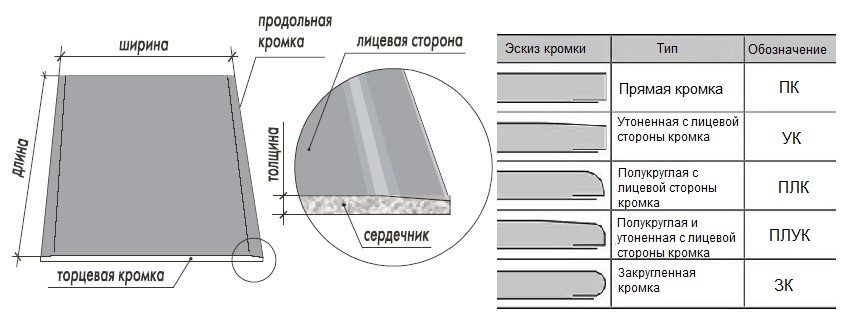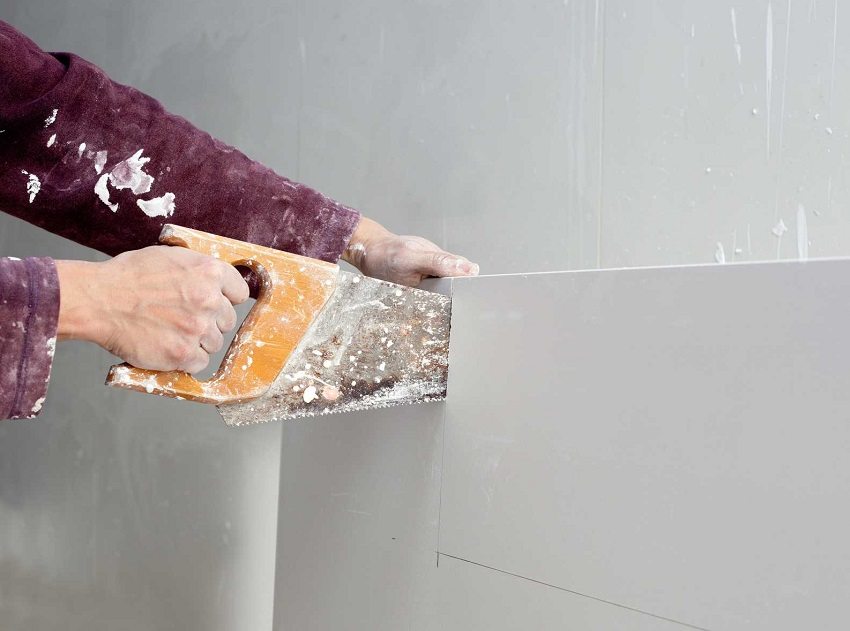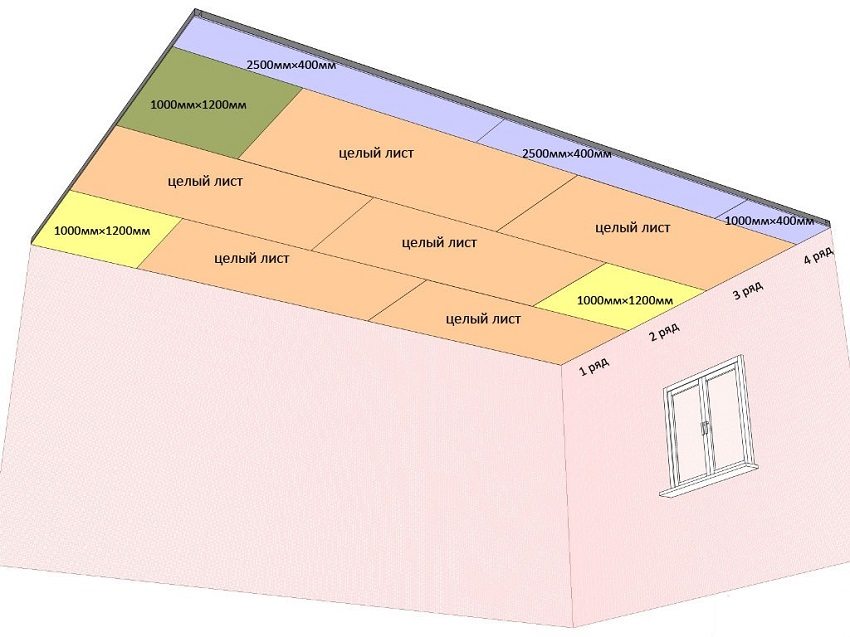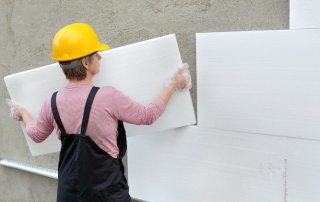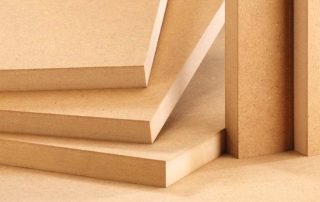Plasterboard - a material intended for wall cladding, creating partitions and other indoor construction needs. Structures mounted from gypsum plasterboard have a fairly high strength. An important parameter that is worth considering when purchasing products is the size of the drywall sheet. Not less important indicators are considered to be the thickness of the drywall and the total weight of the drywall sheet. By correctly choosing the dimensions of the gypsum board, you can minimize the amount of waste and significantly save on the metal frame and fasteners.
Content
Drywall: general characteristics
Today, gypsum plasterboards are considered the most used among the materials used for interior decoration. This is an excellent replacement for the outdated method of wall leveling - plaster, as well as an ideal material for making the most extraordinary fantasies of designers come true. Drywall has a whole series of positive qualities:
- ecological cleanliness;
- excellent sound insulation properties;
- ease of installation;
- good flexibility;
- fire resistance and incombustibility.
This material consists of two sheets of thick cardboard with a gypsum core in the middle. For finishing, plasterboard panels of various sizes, thicknesses and densities are used. For example, to create ceiling structures, lightweight GKL options are used, and for walls - thicker and stronger ones. Some manufacturers produce moisture resistant material used in rooms with high humidity levels.
Drywall sheet size
A commonly used drywall sheet size of 2.5 x 1.2 m is about three square meters. The width of all produced types is the same, but the length can vary from 1.5 to 3.6 m for different manufacturers. By choosing the correct size of the drywall sheet according to the dimensions of the room to be finished, you can avoid additional problems with the assembly of the structure, as well as avoid unnecessary waste.
Drywall thickness
The thickness of the gypsum board usually falls in the range of 6.5-12.5 mm. For each type of finishing work, a different size is used. The thinnest sheet is used to create arches or other design elements.The thickness of 6-7 mm allows the material to bend under any radius, which allows you to create non-standard original parts of the interior.
For the creation of partitions and wall decoration, drywall is used with a thickness of 12.5 mm. It is strong enough, perfect for leveling surfaces, constructing niches and can withstand quite heavy loads. Ceiling elements are made of sheets with a thickness of 8 to 9 mm. This is a lightweight version of plasterboard wall, which allows you to significantly reduce the weight of the entire structure without compromising its strength.
Important! Reducing the total weight of the ceiling allows you to save on the metal profile from which the frame is made. Less weight means a wider pitch can be used in a suspended ceiling system.
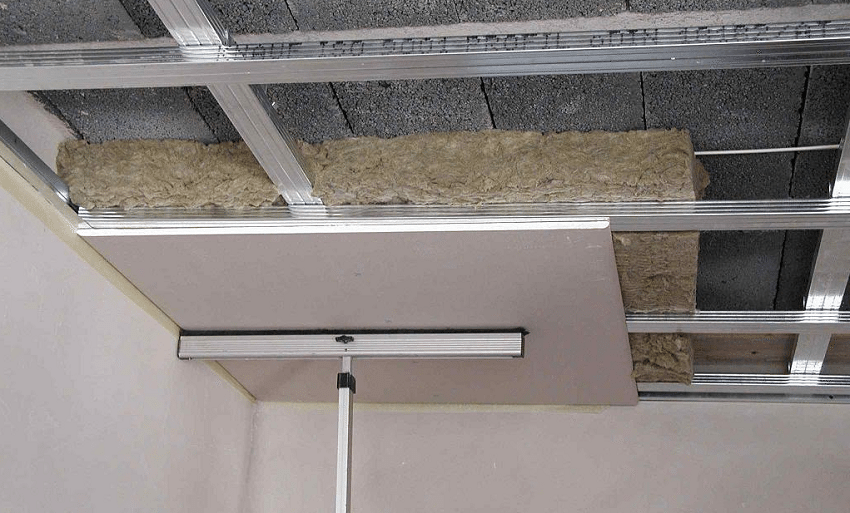
Drywall is the most popular material for furnishing false ceilings
Drywall sheet weight
According to Gosstandards, the weight of 1 square meter of gypsum board should be about 1 kg per millimeter of thickness. For fire-resistant products, this figure varies from 0.8 to 1 kg.
Here is a summary table of the main dimensions of drywall sheets with an indication of their weight:
| Size (m) | Area (m²) | Thickness (mm) / Weight (kg) | ||
| 6.5 mm | 9.5 mm | 12.5 mm | ||
| 1.2 x 2.0 | 2,4 | 12,0 | 18,0 | 23,0 |
| 1.2 x 2.5 | 3,0 | 15,0 | 22,0 | 29,0 |
| 1.2 x 3.0 | 3,6 | 18,0 | 27,0 | 35,0 |
Important! When buying a gypsum board, you need to carefully examine it. It should be free of dents, scratches and other defects. It is also necessary to pay attention to the storage conditions, if there is high humidity in the warehouse, then it is not worth purchasing such building materials.
Knowing the weight of a drywall sheet will allow you to calculate the mass of the entire future structure and choose the right fasteners. Also, such information is useful when analyzing your capabilities; for self-construction, most likely, you will need an assistant.
How to make an accurate calculation of the material?
The dimensions of the plasterboard sheet are selected depending on the size of the future structure. To create a better surface, it is better to purchase a larger gypsum board and cut off the excess than to buy a smaller one and then add the missing elements. This allows significant savings on metal profiles and fastening materials.
If the size of the room or structure is quite large, it makes sense to use a standard size gypsum board, since it is quite difficult to lift material longer than 3 meters.
Related article:
 Types of profiles for drywall: dimensions and price
Types of profiles for drywall: dimensions and price
Indicators, on which the quality and durability of interior decoration depends. Characteristics of metal-profile products.
Measurement of the future structure is made from all sides. In order not to be mistaken, about 10% is added to the maximum value of the calculated area. During installation, you should try to minimize the number of seams. If you do not yet have the skill to work with such material, then you should first draw up a plan for the location of each element in order to facilitate your task.
